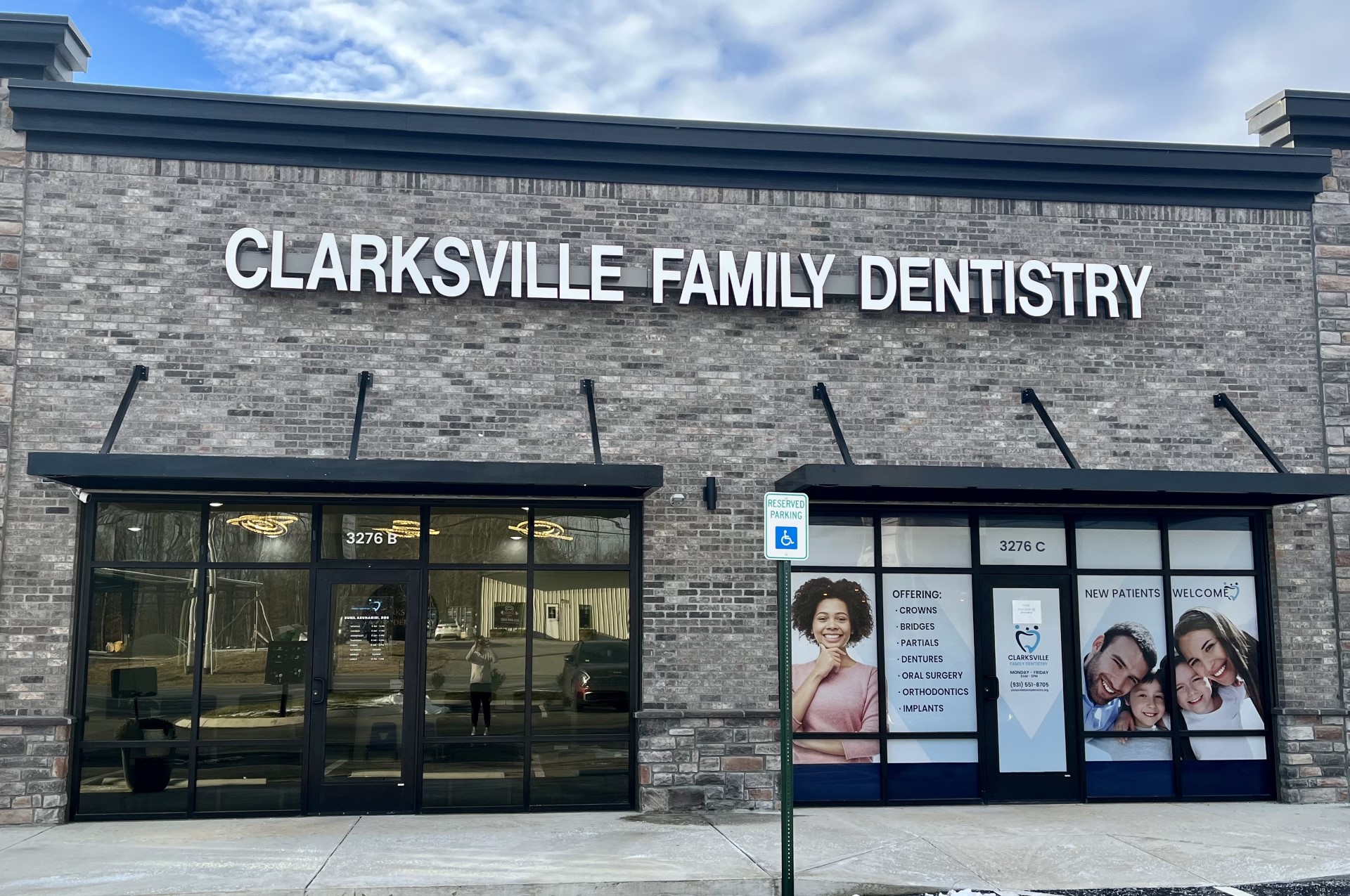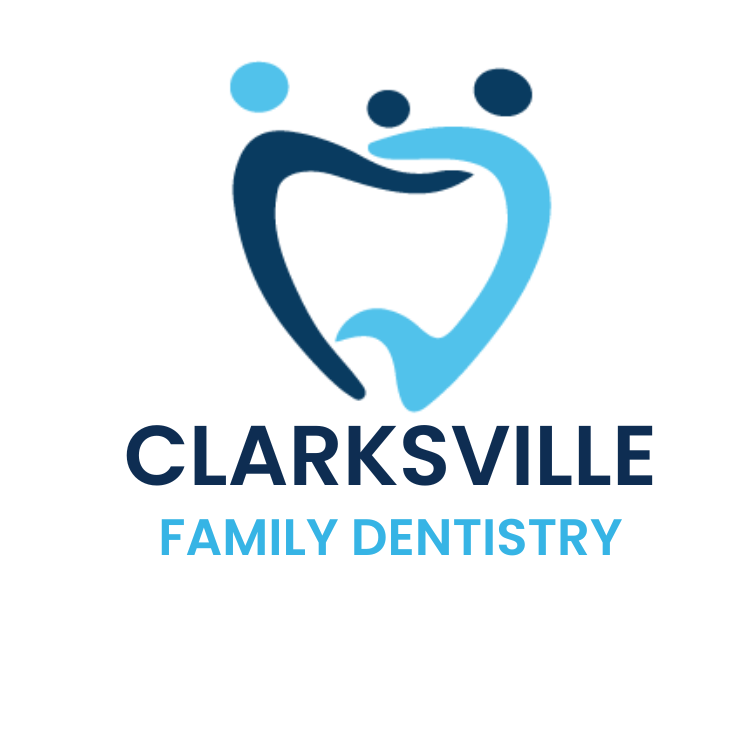Bone Grafting
Periodontal disease stands as the primary culprit behind bone loss in the oral cavity, compounded by factors like ill-fitting dentures and facial trauma. Enter bone grafting—a transformative procedure that replenishes lost bone tissue and kickstarts natural bone regeneration.
Versatile and Predictable:
Bone grafting isn’t a one-size-fits-all solution; it’s a versatile procedure catering to diverse needs. Whether it’s establishing a sturdy foundation for dental implants, arresting gum disease progression, or enhancing smile aesthetics, bone grafting steps in with precision.
Types of Dental Bone Grafts:
- Autogenous Bone Graft: Harvested from elsewhere in the body, commonly from the pelvis, chin, or jaw areas.
- Allograft: Synthetic bone crafted in labs or obtained from bone banks.
- Xenograft: Utilizes bovine (cow) bone, proven safe and effective.
Indications for Bone Grafting:
- Dental Implants: Reinforcing the jawbone to ensure firm implant anchorage.
- Sinus Lift: Elevating the sinus floor to facilitate secure implant placement.
- Ridge Augmentation: Rectifying irregular jawbone contours caused by various factors.
- Nerve Repositioning: Necessary when implant placement affects the inferior alveolar nerve.
The Bone Grafting Process:
Typically performed under local anesthesia, bone grafting involves several key steps:
- Material Preparation: Harvesting or preparing grafting material.
- Incision and Placement: Creating a small gum incision to access the bone, followed by graft insertion.
- Enhanced Regeneration: Employing techniques like tissue regeneration and protein stimulation to expedite bone regrowth.
- Suturing and Follow-up: Securing the gum tissue with sutures and scheduling a follow-up to monitor progress.
Enhanced Regeneration Techniques:
- Gum Tissue Regeneration: A barrier membrane fosters healthy tissue growth, separating faster-growing gum tissue from slower-growing fibers.
- Tissue Stimulating Proteins: Application of proteins like Emdogain facilitates periodontal attachment and supports bone regeneration.
- Platelet-Rich Growth Factors: PRGF fosters denser grafts and accelerates bone growth, promising quicker recovery.
Bone grafting boasts high success rates, providing a solid foundation for comprehensive periodontal restoration.
Questions or Concerns?
Your dentist is your best resource for bone grafting inquiries. Don’t hesitate to seek guidance and explore your options for optimal jaw health.

Convenient Appointments Monday through Thursday.
No matter what your schedule looks like, we want to provide you with the high-quality dentistry that you deserve. Call (931) 551-8705 to book your appointment today!

